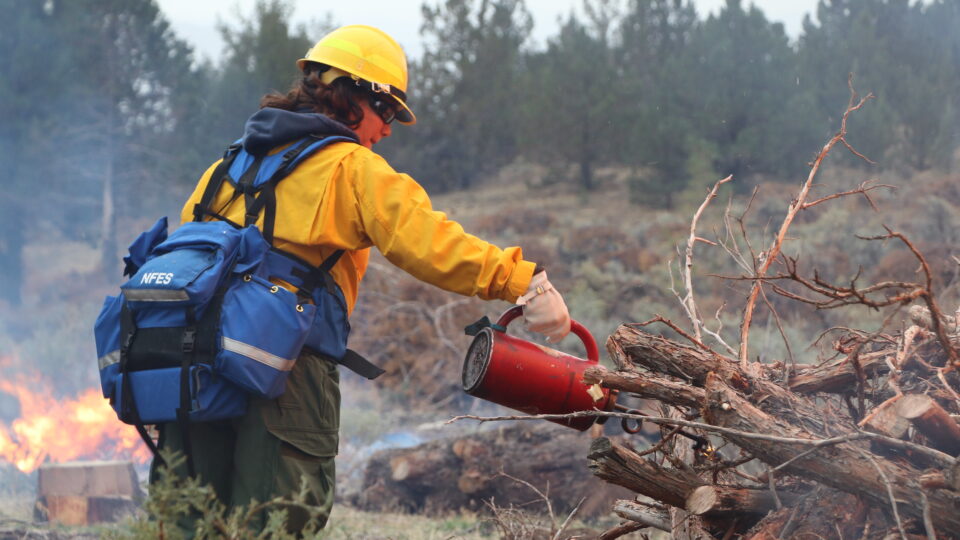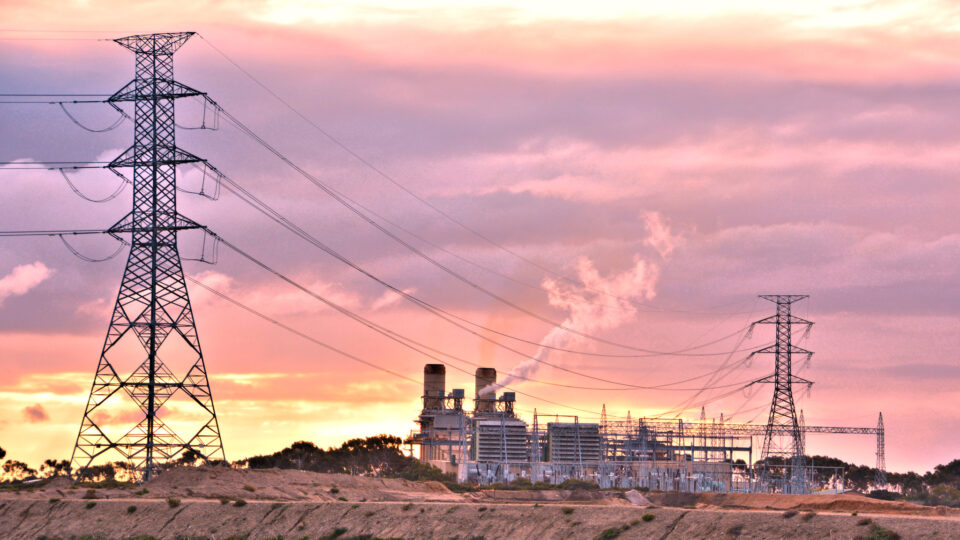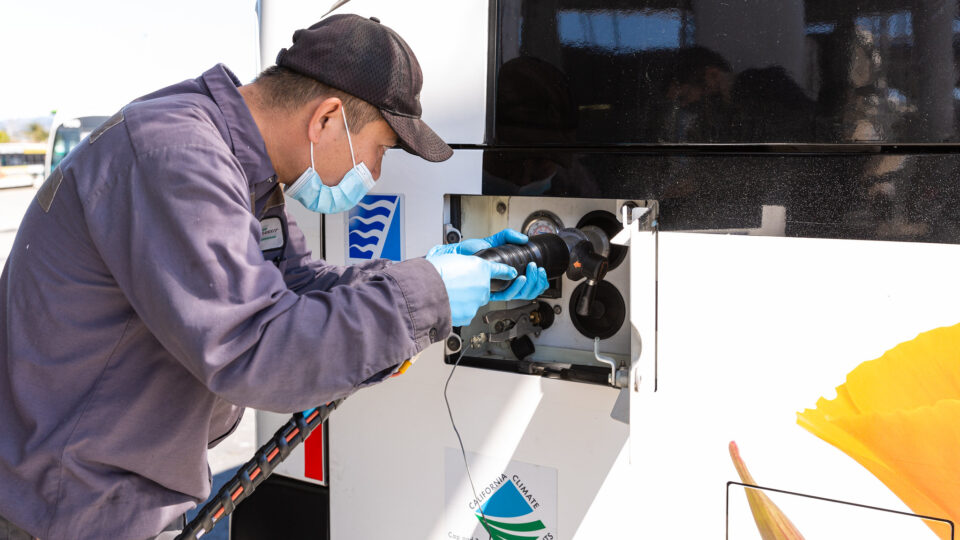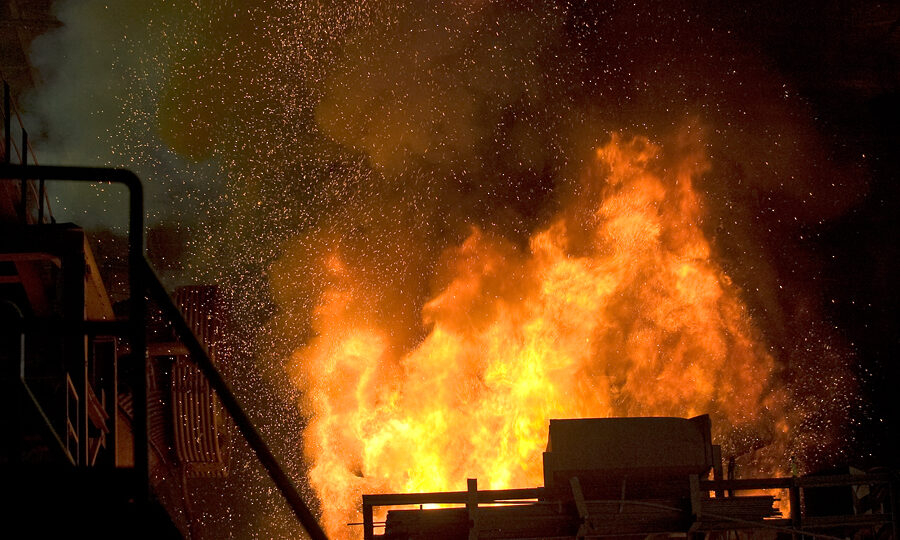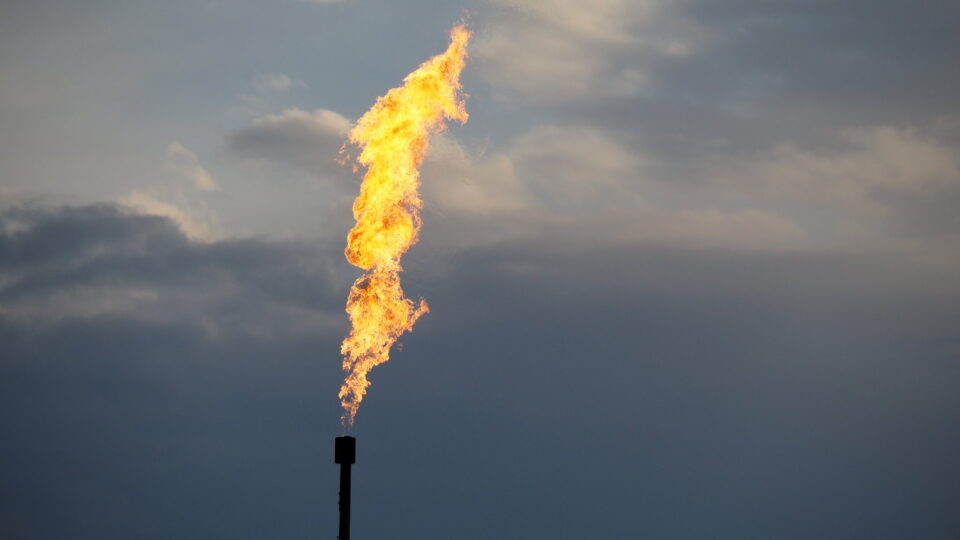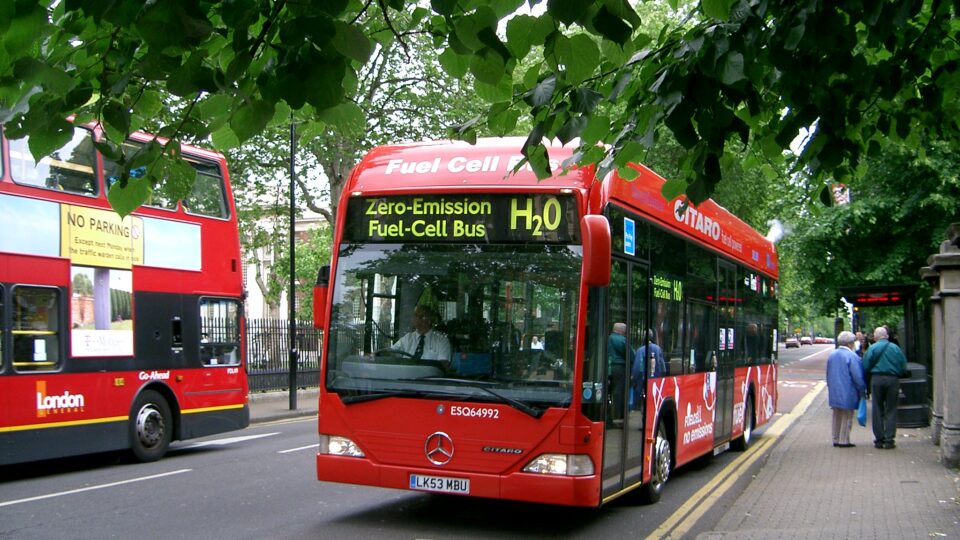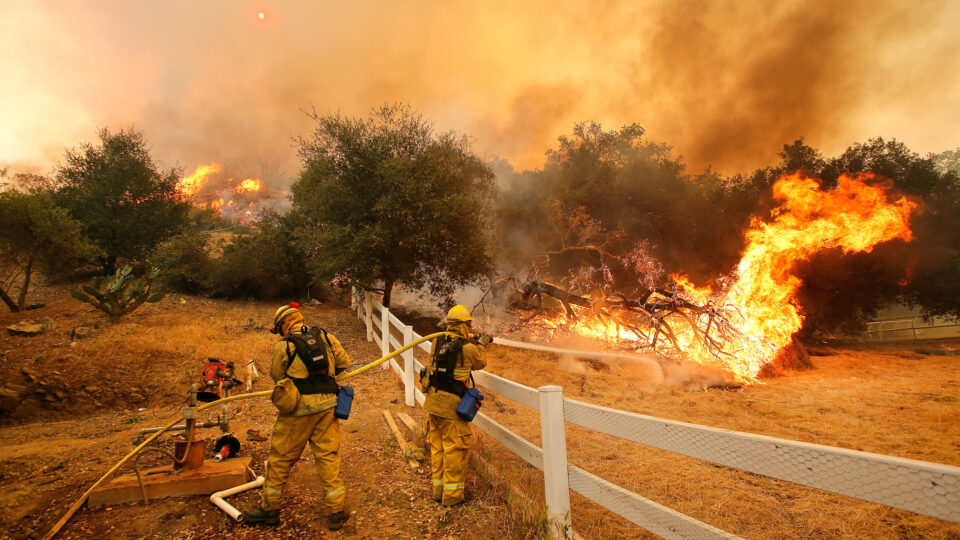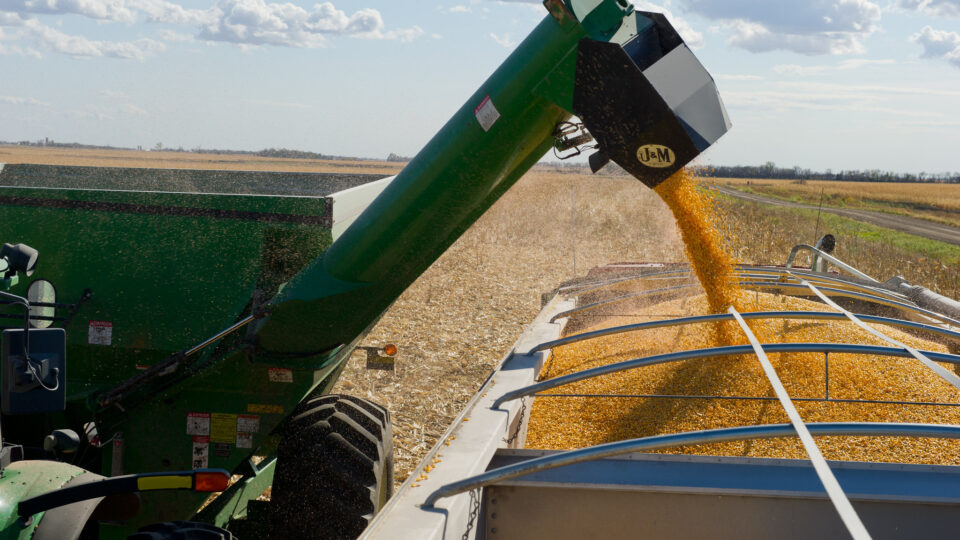Climate change is a key factor in the increasing risk and extent of wildfires. Wildfires require the alignment of several factors, including humidity, temperature, and the lack of moisture in fuels, such as trees, shrubs, and grasses. All of these factors have strong ties to climate variability and climate change.
While the global surge in wildfires is often attributed to hotter and drier conditions, a new study by researchers from the University of California – Riverside has found that increasing levels of a greenhouse gas may be an even bigger factor.
According to the study, which was recently published in the journal Communications Earth & Environment, carbon dioxide is driving an increase in the severity and frequency of wildfires by fueling the growth of plants that become kindling.
Centuries of burning fossil fuels to produce heat, electricity and to power engines has added alarming amounts of carbon dioxide to the atmosphere. In fact, atmospheric CO2 levels are measuring more than 420 parts per million, which is a level not seen on earth for 14-16 million years.
Plants require carbon dioxide, along with sunlight and water, for photosynthesis. But rising levels of CO2 in the atmosphere are driving an increase in plant photosynthesis – an effect known as the carbon fertilization effect. This effect can make plants grow bigger and faster.
Warming and drying are important fire factors. These are the conditions that make the extra plant mass more flammable. But the study found that the increase in fires during hotter seasons is driven by the CO2-fueled growth of plants.
The researchers hope their findings will urge policymakers to focus on reducing carbon dioxide levels in the atmosphere.
**********
Web Links
CO2 worsens wildfires by helping plants grow
Current carbon dioxide levels last seen 14 million years ago
Photo, posted January 17, 2024, courtesy of Jennifer Myslivy, BLM Fire/NIFC via Flickr.
Earth Wise is a production of WAMC Northeast Public Radio
